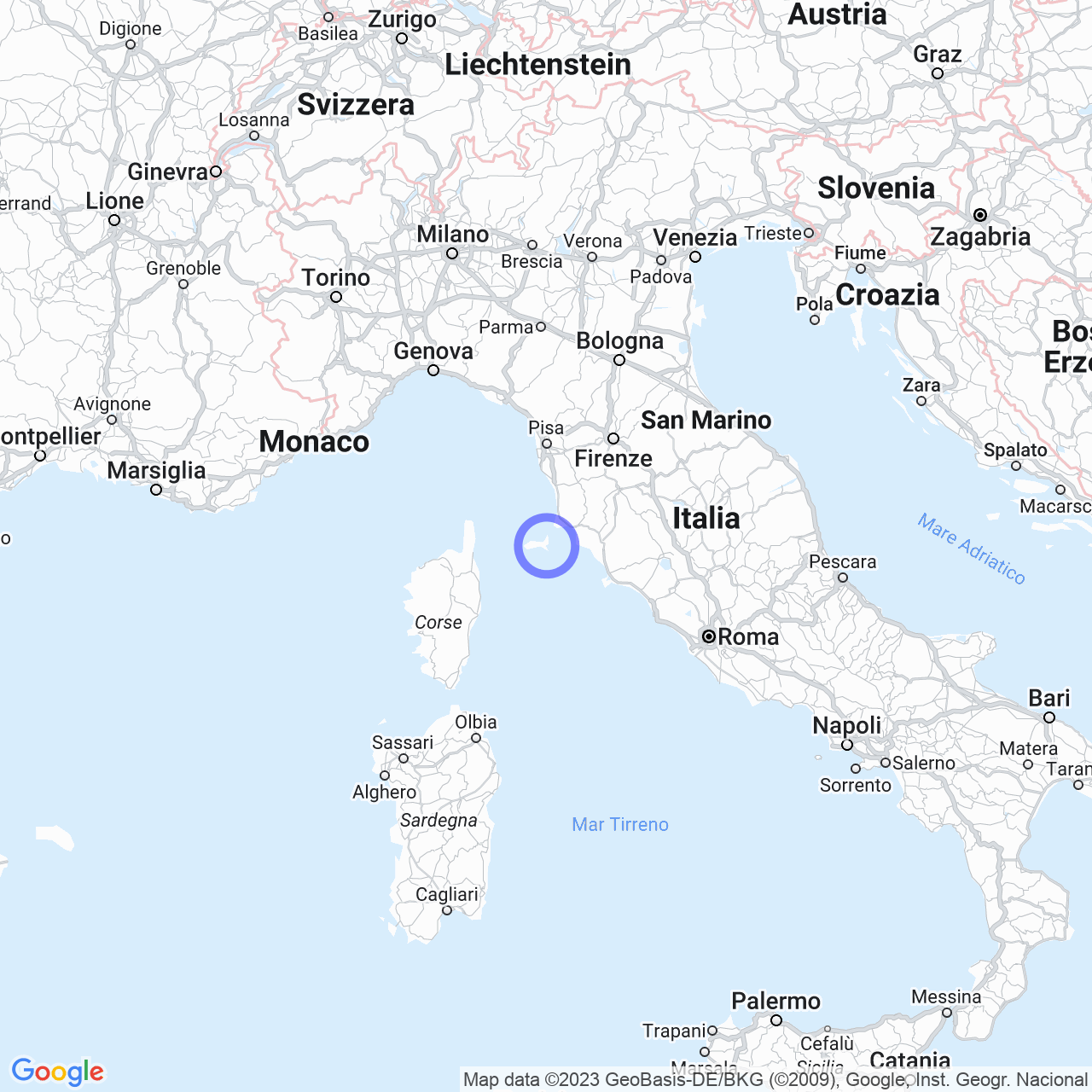Mola
Welcome to Mola di Bari!
Hi everyone! Today I would like to talk to you about Mola di Bari, a beautiful city located in the region of Puglia in Italy. The capital of the homonymous district, Mola is a municipality of about 24,418 inhabitants located southeast of the city of Bari along the coast of the Adriatic Sea. The city is famous for its fishing port, one of the most important in the region.
Physical Geography
Mola di Bari has a municipal area of 50.72 km², enclosed between the Adriatic Sea and the municipalities of Bari, Noicattaro, Rutigliano, Conversano, and Polignano a Mare.

Orography
The territory of the city is flat or slightly hilly, with a single area of altitude jump about 4 km from the coast, corresponding to the first Murge (the "Serra"). The altimetric peaks do not exceed 140 meters above sea level. The coast is low and rocky, 10.7 km long following a northwest-southeast direction and has a straight course with the exception of the small rocky peninsula (the "Terra"), which serves as the first nucleus of the inhabited settlement. This is also the official point of reference of the municipality at 5 meters above sea level.
Geology
Along the coastal area of Mola di Bari, there are Quaternary dune deposits indicated on maps as "tuffs of the Murge," consisting of rather friable white-yellow calcarenite with the presence of fossils. In the interior, there are Mesozoic limestone and dolomitic limestone formations, such as the "limestone of Bari" and the "limestone of Mola."
Hydrography
The territory of Mola is crossed perpendicularly to the coastline by several lamas, such as that of Sant'Antonio (or Sant'Onofrio), the only urban lama preserved, although channelized in its last stretch. The lama of San Giuseppe, on the outskirts of the settlement, is the first of the more regular system of lamas that marks the southeastern part of the territory. Among these, the Gravina di Monsignore stands out, which, further upstream, forms a deep gorge several tens of meters deep.
Mola di Bari do not have permanent bodies of water, but at the southeastern end of the territory, there are some karst dolines that, in the presence of rains, transform into small water basins that in the past have been used for irrigation and indicated on nineteenth-century maps as lakes of Spinazzo or Denazzo. Not far from here is the cave of "Minghiazze," an underground cavity partly blocked by debris, characterized by stalactite formations of organ pipes and charcuterie slices.
Conclusions
In conclusion, Mola di Bari is a truly unique and fascinating city with its rocky coast and the beauty of its geological formations. Its lamas and karstic dolines are unique, and their beauty reminds us of the importance of preserving the natural resources that surround us. There is nothing better than walking along the coast of Mola, perhaps enjoying a plate of fresh fish at the local fishing port. If you have the chance, do not miss the opportunity to visit this fascinating city!
